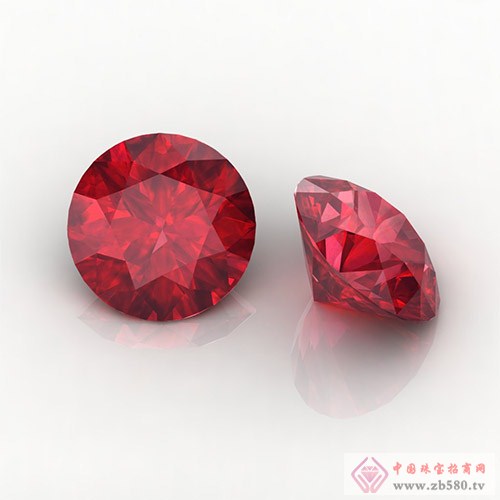
Ruby is produced in less places, mainly in Myanmar, Thailand, Sri Lanka, Vietnam, India, Tanzania, China and other places. Moreover, there is usually a saying that "ten treasures and nine cracks" means that most rubies have cracks, smashes, cracks, etc. Very pure and perfect rubies are very rare. Sapphire is mainly distributed in Myanmar, Thailand, Sri Lanka, the Bailin area of ​​Cambodia, Kashmir, India, Australia, Montana, China and other places.
So, understand the origin of ruby, how do we exploit it?
Igneous rocks and metamorphic rocks are key factors in the formation of corundum gemstones. Secondary deposits originate from the most prone to mineralization of these main rocks. If so, we can look for gems in a more specific place in such a vast area.
Time-tested panning techniques are one of the most common and useful prospecting methods. Basically, it consists of exploring river grit. Due to the highly defined gravity of corundum, it is more commonly concentrated in rivers and creek riverbeds. Exploration includes sampling of river gravel layers and begins downstream of the river. When even very small corundum is found, people regularly work downstream from the downstream and sample along the way. Termination of anything is not discovered. Then the next step is to fold back to the exact location where the gemstone starts. From here, further sampling will be determined on the shores of the appropriate rivers and streams from the corundum.
Working upstream will be very promising to bring a piece of corundum to the original rock. However, theory is often simpler than practice, and such a method has been used throughout the history to locate mineral deposits.
Most of the world's rubies are found in small areas of alluvial deposits. The more precious the environment is, the harsher the environment is. Similarly, the red sapphire mining conditions are very difficult. For example, the ruby ​​produced in Burma usually needs to be stripped to a thickness of 15 feet to reach the gemstone-bearing gravel layer. Then, you can really mine.
How is the mining operation done? First, remove the huge boulder, then concentrate the gravel containing gems to a certain location, and use a set of wire mesh screens for screening. The main steps are divided into three steps: the first step, The largest size stone on the top sieve is removed; in the second step, the medium size gravel on the second stage screen is removed; and in the third step, the smallest size gravel on the third stage screen is left. Gravel has been chosen, how to choose the gems? The general method of operation is: one hand with a tool to remove the gravel, and the other hand to pick the gems. Put the selected gems in the bamboo raft and push the picked gravel from the table. Because there may be small stones in the discarded gravel, you can continue to choose.
As the demand for rubies rises, heavy equipment and complex prospecting methods are applied. Australia is one of the world leaders in the mining and exploration of corundum. In this series of processes, we need not only patience and careful screening, but more importantly, the test of our perseverance and perseverance. It is not difficult to imagine that the gradual selection of exquisite and beautiful gems from a large number of gravel is like a layer of sand and sand. This carefully selected work consumes a lot of manpower, material resources and time. When we finally get a gemstone with a shining brilliance, the most beautiful movement bearing the memory of the river is emerging in front of us. Rare and more precious.
The conditions for mining red sapphires vary from place to place. In some places, there are many small and small pegmatite veins. These rock layers are steep and steep. In the place where marble and pegmatite interpenetrate, we can find corundum and many sapphire are produced in alluvial deposits.
Moreover, some gemstones are located on remote desert islands, with hot summers and severe winters. Some mines are located on cliffs, which seriously affects the mining of gem deposits and brings many difficulties to miners.
Such a harsh climatic condition allows us to know more about gems.
One of normal fabric, can be made to blouse,shirts etc.its color fastness is better than regular dyeing.Also Shrinkage and Torque is better than regular dyeing.it can save much water and energy.One of normal fabric, can be made to blouse,shirts etc.its color fastness is better than regular dyeing.Also Shrinkage and Torque is better than regular dyeing.it can save much water and energy.One of normal fabric, can be made to blouse,shirts etc.its color fastness is better than regular dyeing.Also Shrinkage and Torque is better than regular dyeing.it can save much water and energy.
Cold Dyeing,Waterless Dyeing, better colorfasteness and shrinkage
Shaoxing Blange Import&Export Co.,Ltd , https://www.blg-yc.com